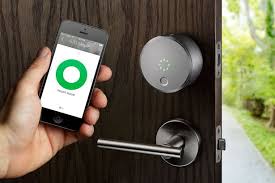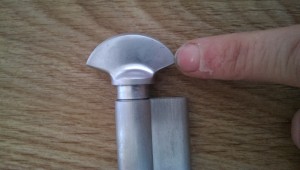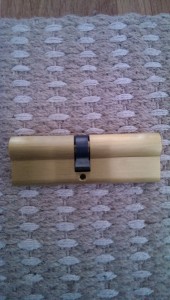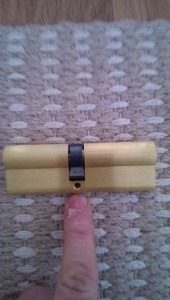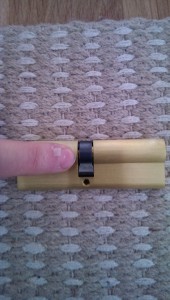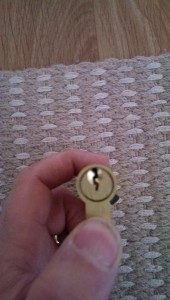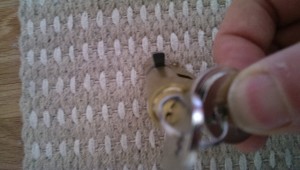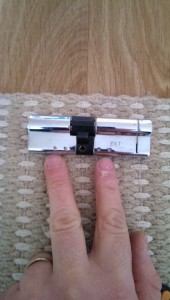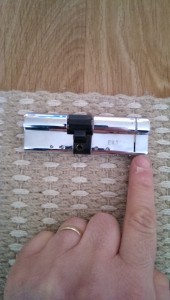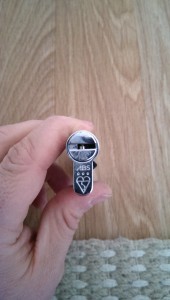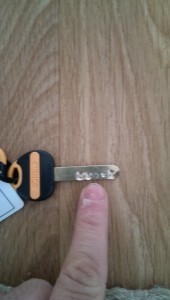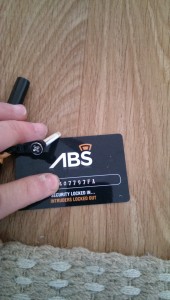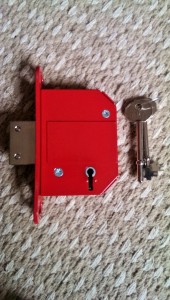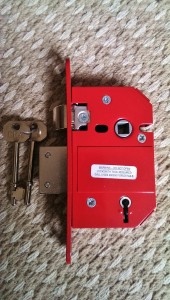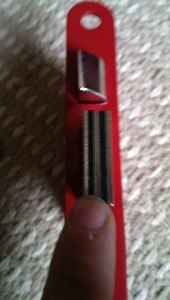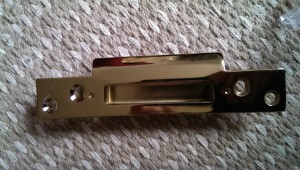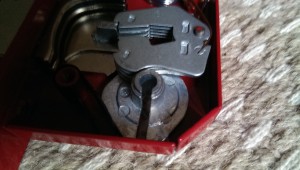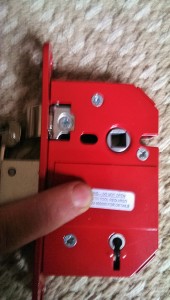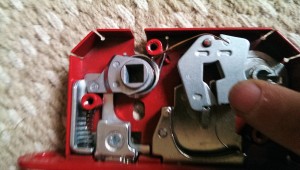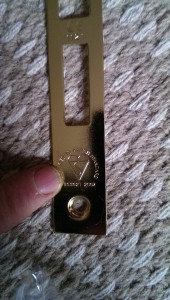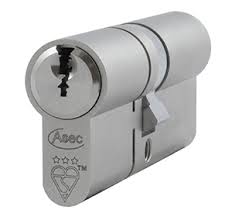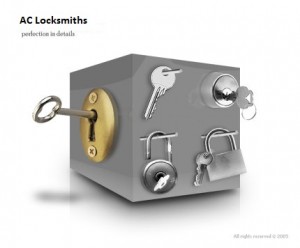Keyless Entry and British Standard locks
Keyless entry
As I write this blog, the home security world is coming alight with high tech gadgets for home protection. You can now get alarms and CCTV that email you and send pictures if they are triggered, all easily set up to run wirelessly throughout your home. But I want to concentrate this piece on keyless entry systems because while they can be convenient, you might be invalidating your insurance if you have them installed, or use them incorrectly. Paying out money to put you at risk is never a good idea.
The standard insurance blurb reads something like this: All final exit doors should have a five lever mortice lock fitted, or a lock conforming to British Standard 3621, or a multi-point locking mechanism in the case of double-glazed doors.
I have done some digging; the only British Standard rated 5 lever mortice lock* I could find that offered keyless entry, was one with a mechanical digital number pad. But the digital part of it only works on the handle. So while there is someone home, other house members can come and go freely with the code, but leaving the house secure, still requires the key! This pretty much negates the need for the keyless entry system in the first place.
Most nightlatch** type locks do not comply with BS 3621, so if you do fit a keyless one, you are still going to need a secondary lock, that does comply, fitted to your door. And guess what? – that second lock will need a key! In theory, you could fit a rated nightlatch on the inside with the number pad fitted to the outside, but the motors of the keyless system might not be able to cope with the stronger springs of the insurance rated product. Worse still, because you are not employing the full benefits of the BS 3621 device, your insurance company might well declare the lock not fit for purpose.
Doors with multi-point locking mechanisms are slightly different; they do not have the BS3621 requirement (although this could change), and even if the law does change, only the cylinder needs to be swapped for a new one. But if you want a keyless system, you need to prepare for possibly a rather large cost. I know of very few manufacturers who provide keyless systems for these doors and they usually require you to have the full mechanism to be the same brand as the keyless entry system. Fitting a new mechanism isn’t always possible though, and what started out as a project to make life easier when you are trying to get in with bags of shopping etc, could be costing you a complete new door.
I think in the future, keyless entry will be commonplace, but for now, most systems require you to still use a key if you wish to satisfy your insurers. If you really want to have a keyless system today, you might just find an insurer who will accept it as workable security, but you can expect to pay higher premiums as a result. And there are definitely uses for keyless systems, rooms within a hotel, perhaps, or as an aide to someone who is physically handicapped, but wants as much independence as possible. But for the common householder, is the extra cost really worth it to save on carrying a key?
Please contact me with any questions or queries, via out website contact page or call: 07846 643176.
Thanks for reading,
Alan
admin July 3, 2016

